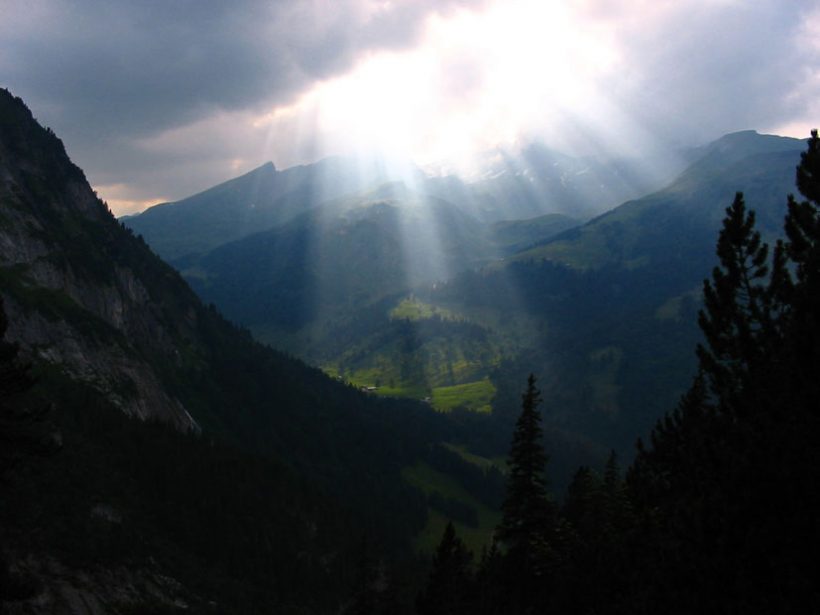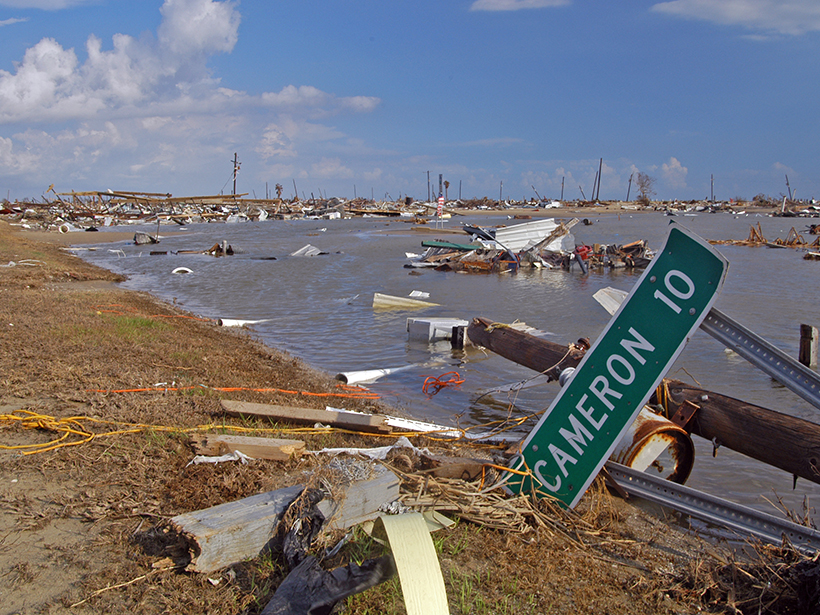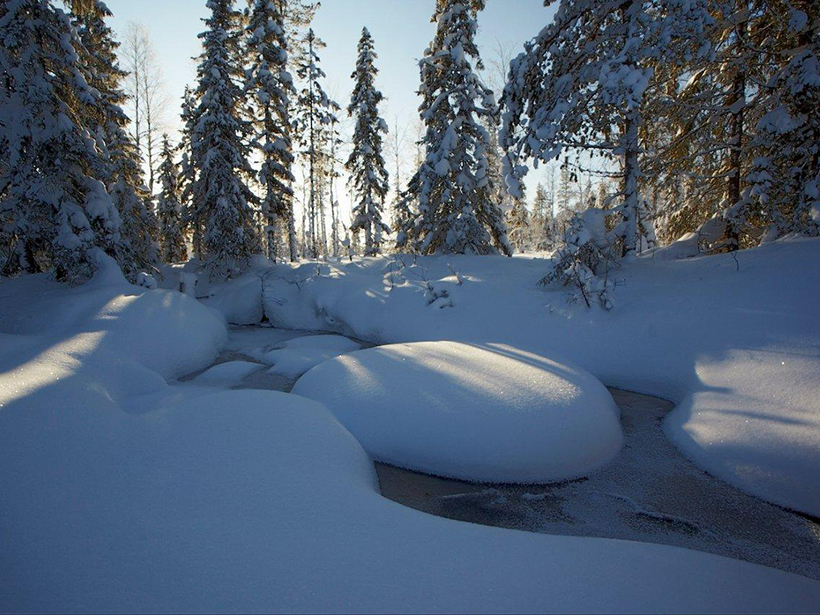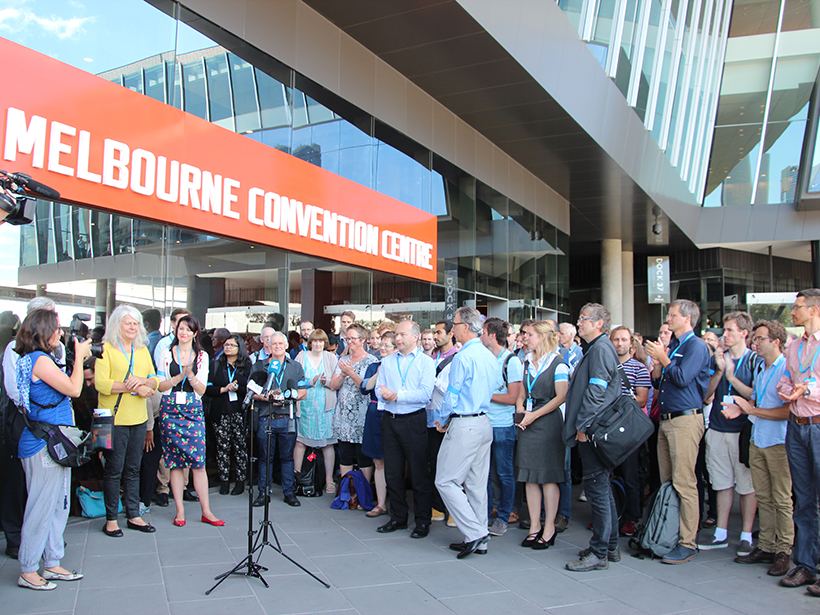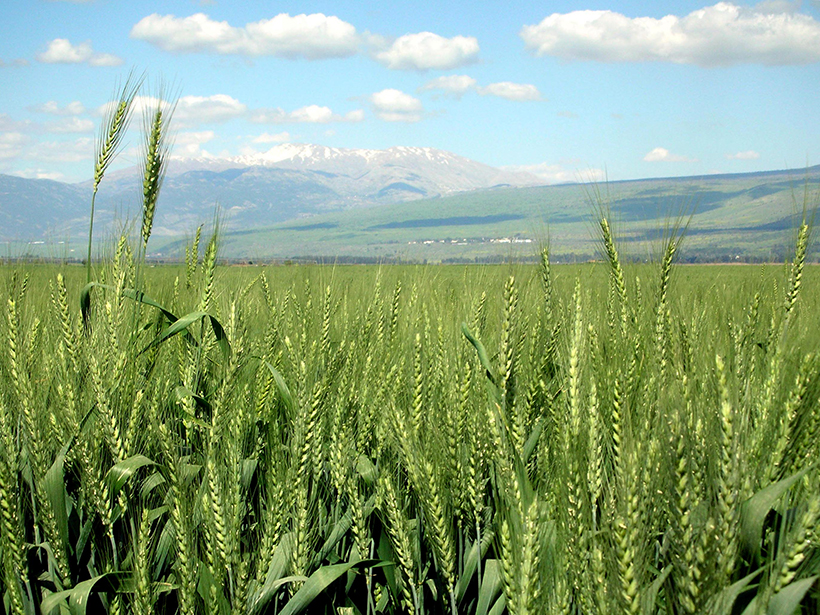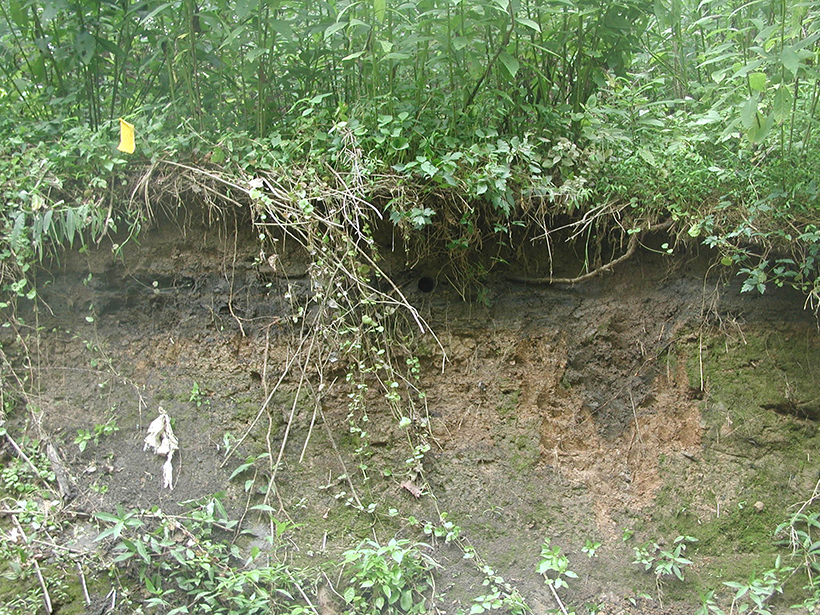New research suggests that release of methane from seafloor hydrates was much slower than hypothesized during a period of rapid global warming about 56 million years ago.
Climate Change
Incorporating 3-D Cloud Effects into Weather and Climate Models
Researchers explain how a new radiative scheme can be incorporated into global weather and climate models to better capture the effect of clouds on climate.
Collaboration to Enhance Coastal Resilience
Integrating models from the social and natural sciences could generate a more holistic approach to climate change response planning in coastal communities.
Elephant Seals' Dives Show Slowdown in Ocean Circulation
Data from instruments mounted on elephant seals reveal that melting ice flushes fresh water into the Southern Ocean, suppressing an important arm of the global ocean circulation belt.
Headwater Streams May Export More Carbon Than Previously Thought
New research sheds light on the streams that carry carbon away from peatlands with the hope that the data will better inform climate models.
Scientists Bittersweet as Australia Backtracks on Climate Cuts
Researchers welcome the prime minister's move to force an independent research institute to reverse some job cuts but say that the damage to Australia's scientific reputation can't be reversed.
Which Greenhouse Gas Does the Most Damage to Crops?
Models showed that approximately 93% of crop losses over the rest of the century could be caused by non–carbon dioxide emissions, the most damaging of these being methane.
Advancing Soil Carbon Cycle Science
Workshop to celebrate 2015–2024 International Decade of Soil; Boulder, Colorado, 14–16 March, 2016
Climate Scientists' New Hurdle: Overcoming Climate Change Apathy
It's not just about deniers anymore. Scientists now have to convince a new group: those who believe humans have altered the climate but don't think anything can or should change.
Communicating Arctic Science Creatively for Diverse Audiences
Revealing the New Arctic: A Climate Change Communication Workshop; San Francisco, California, 16 December 2015


